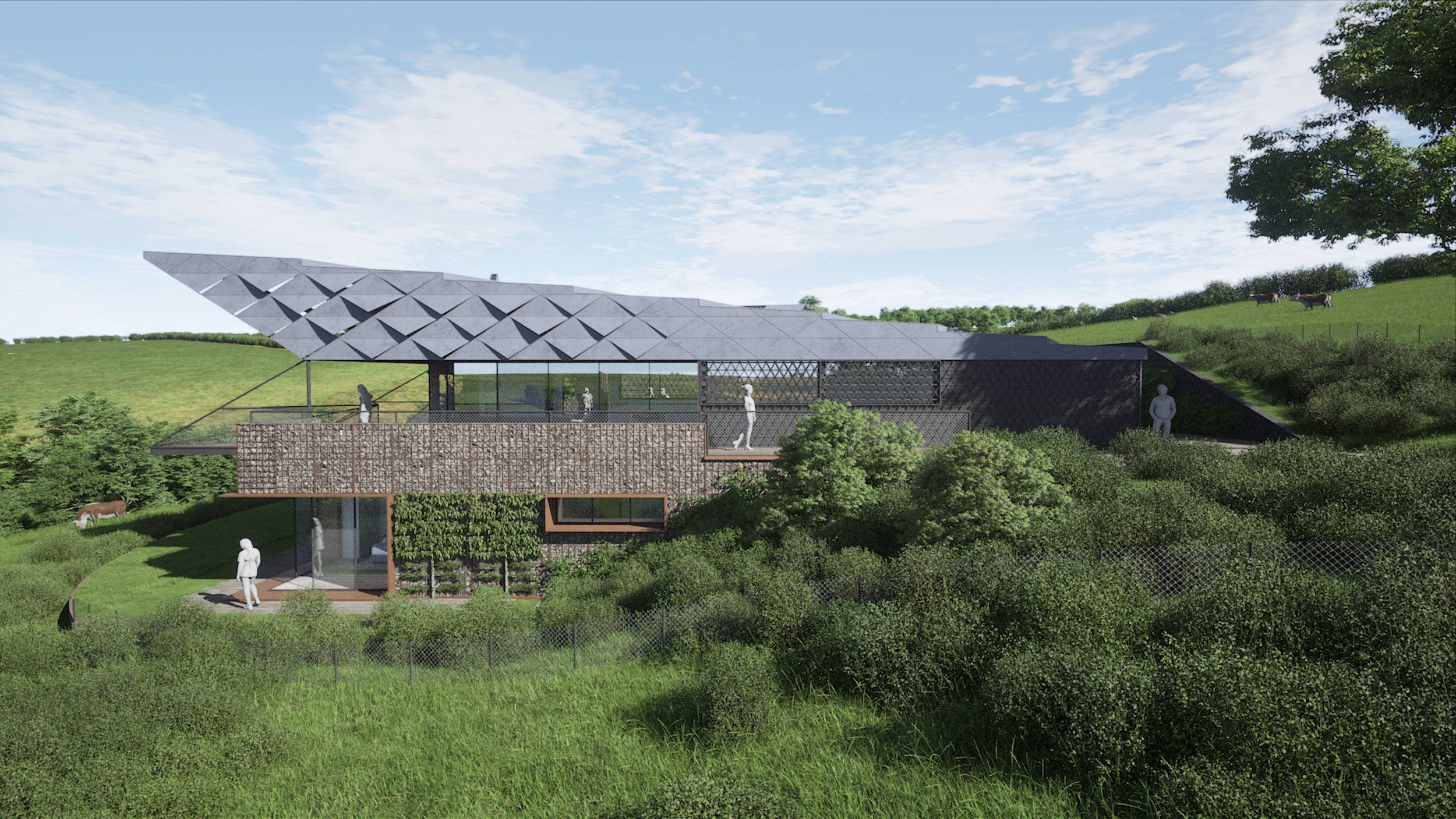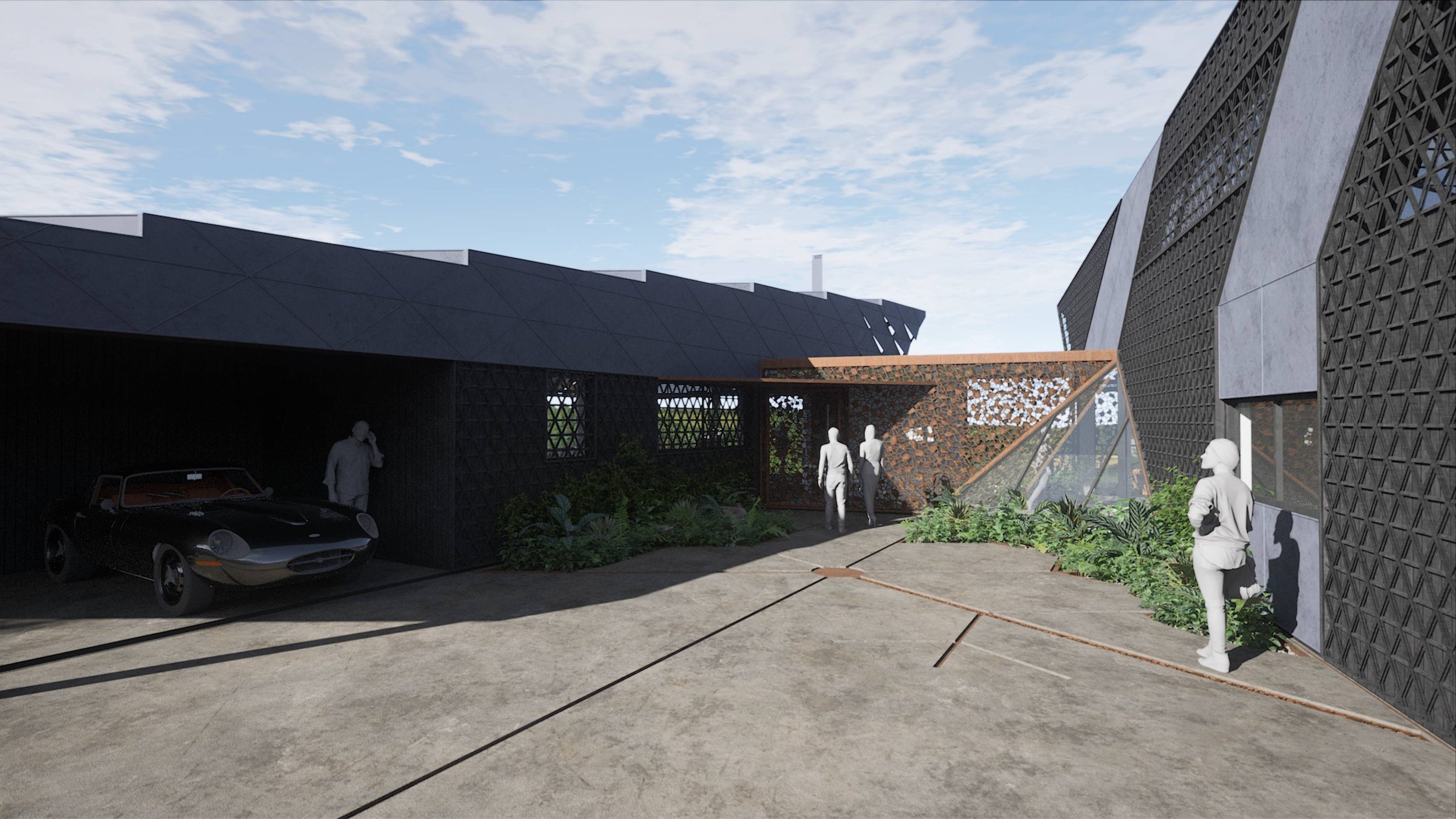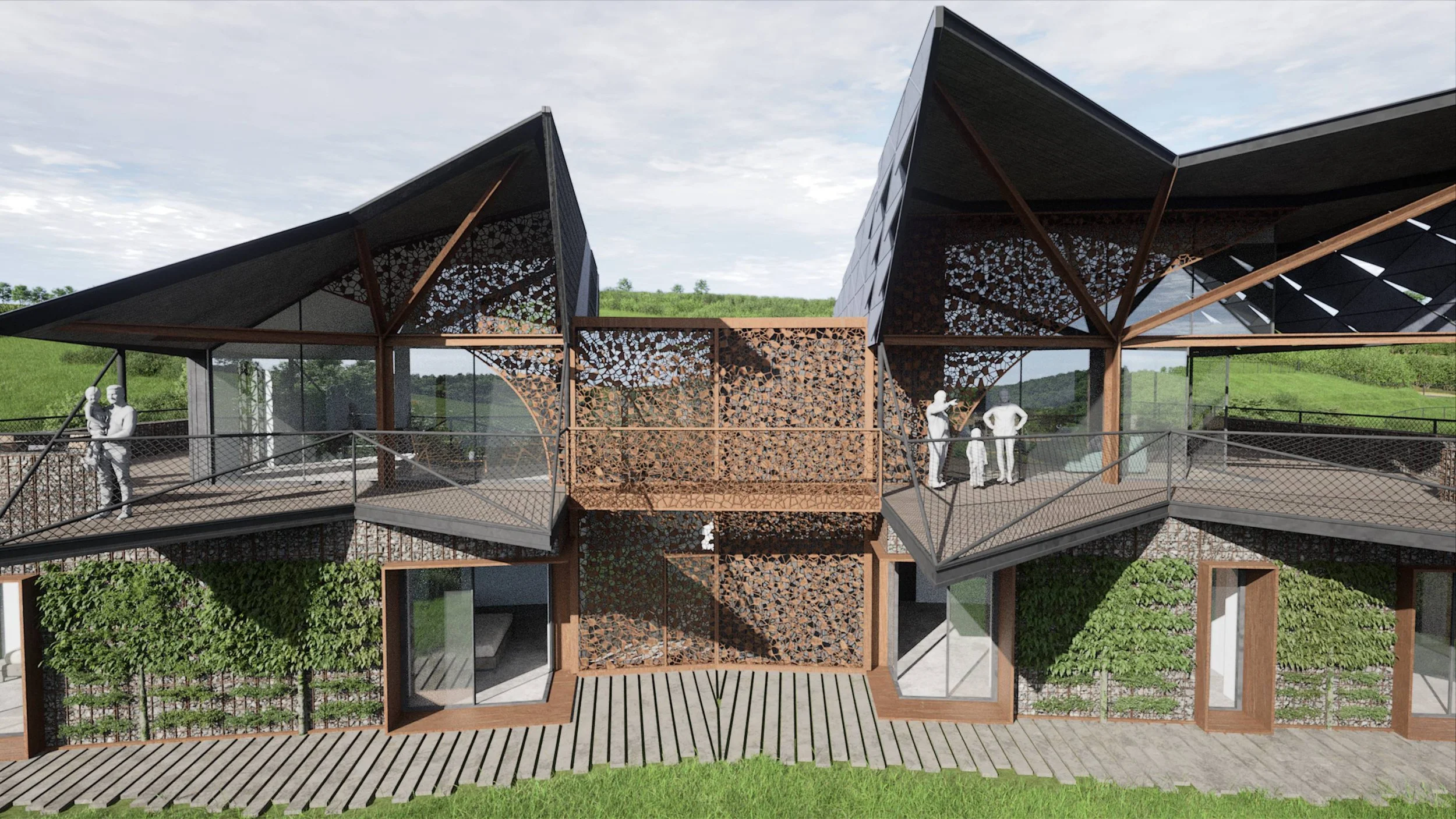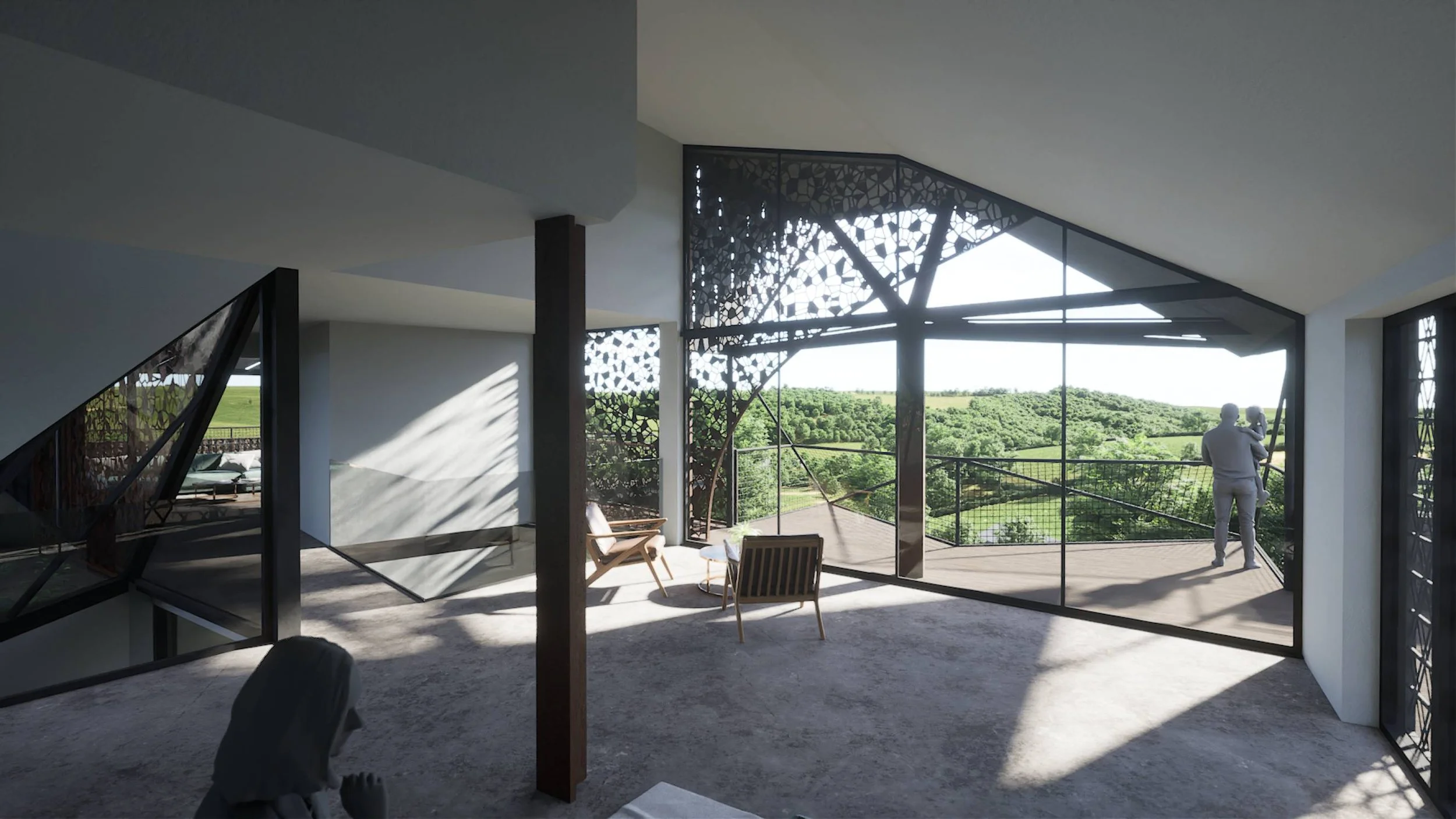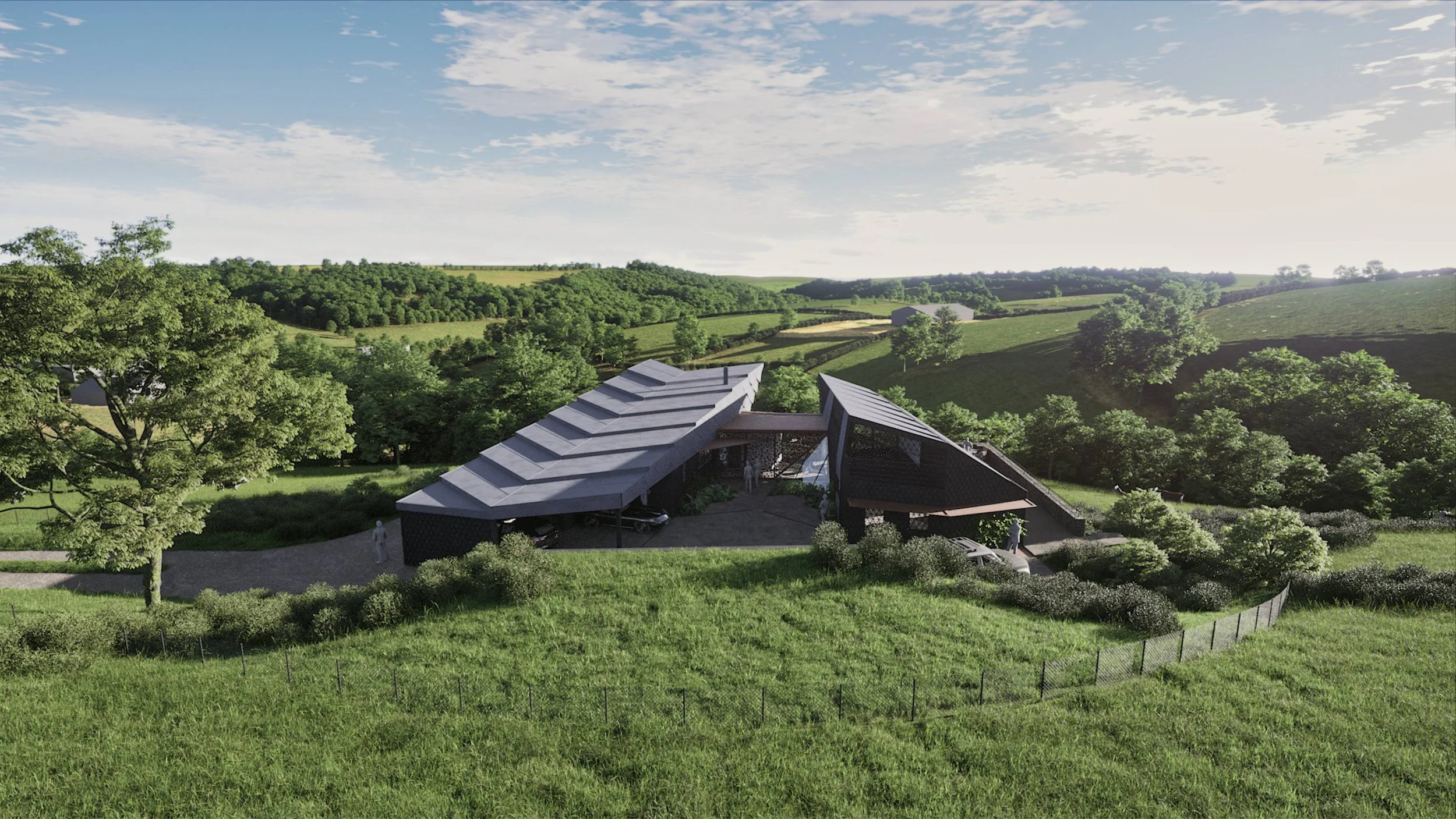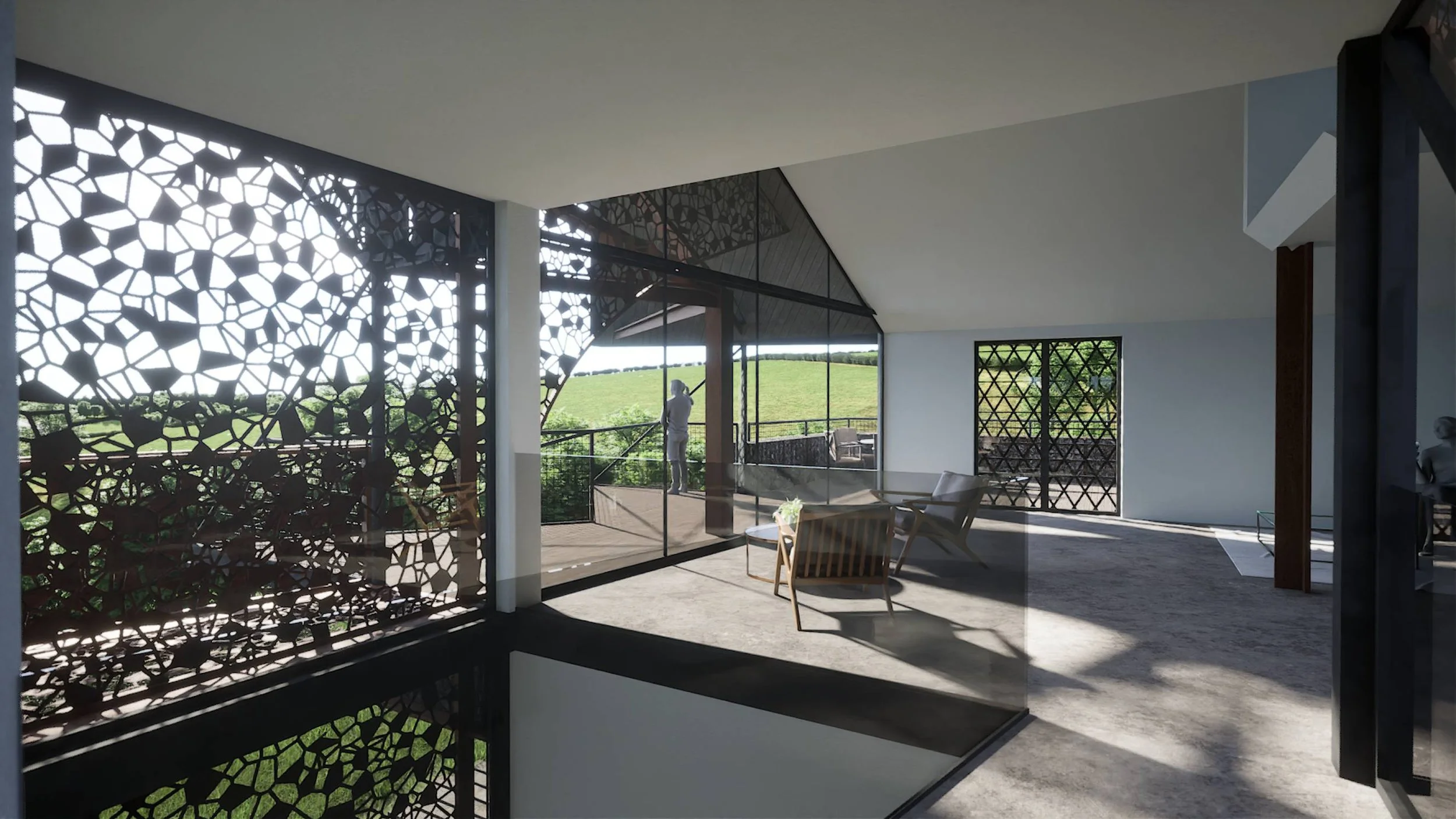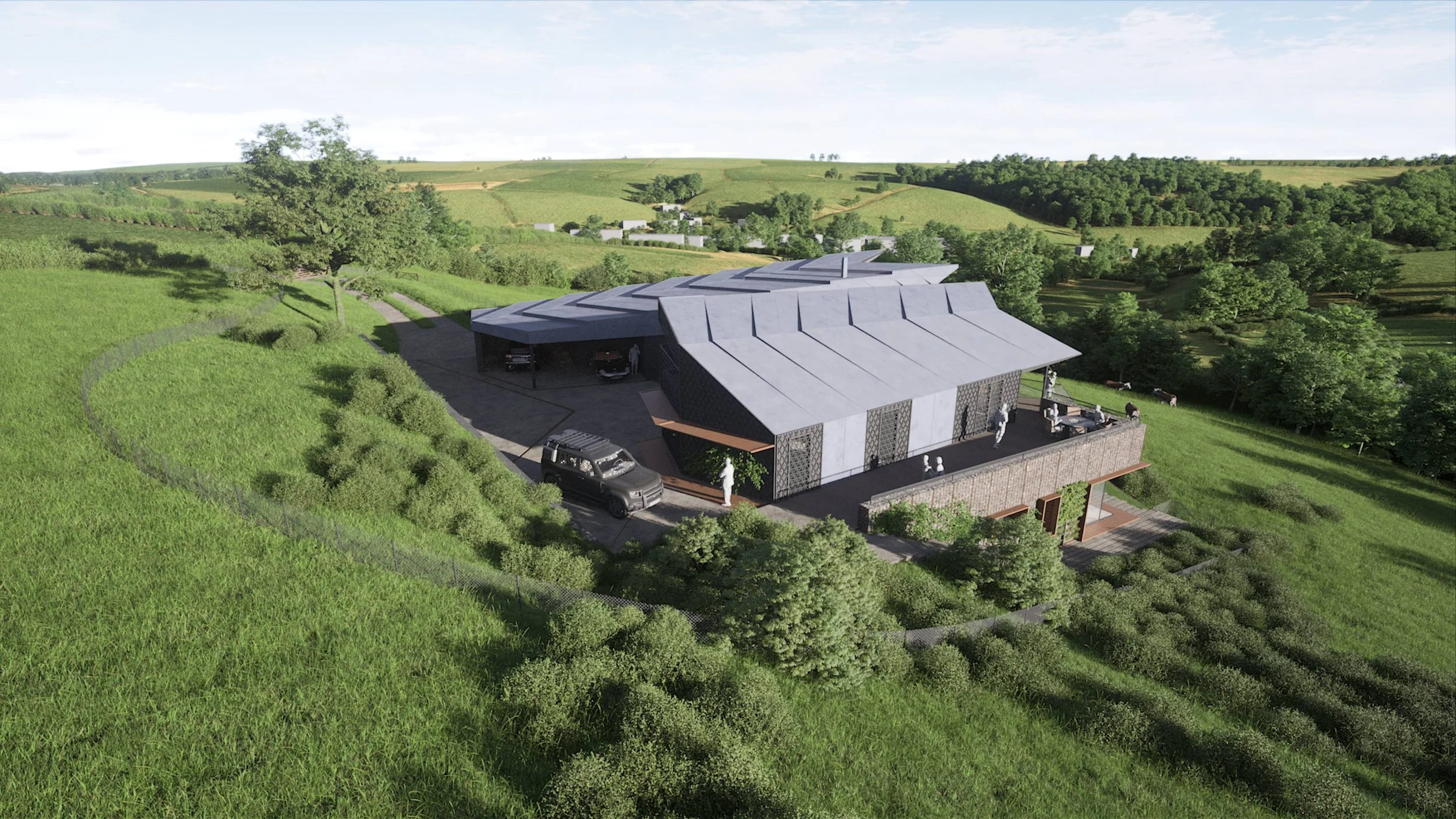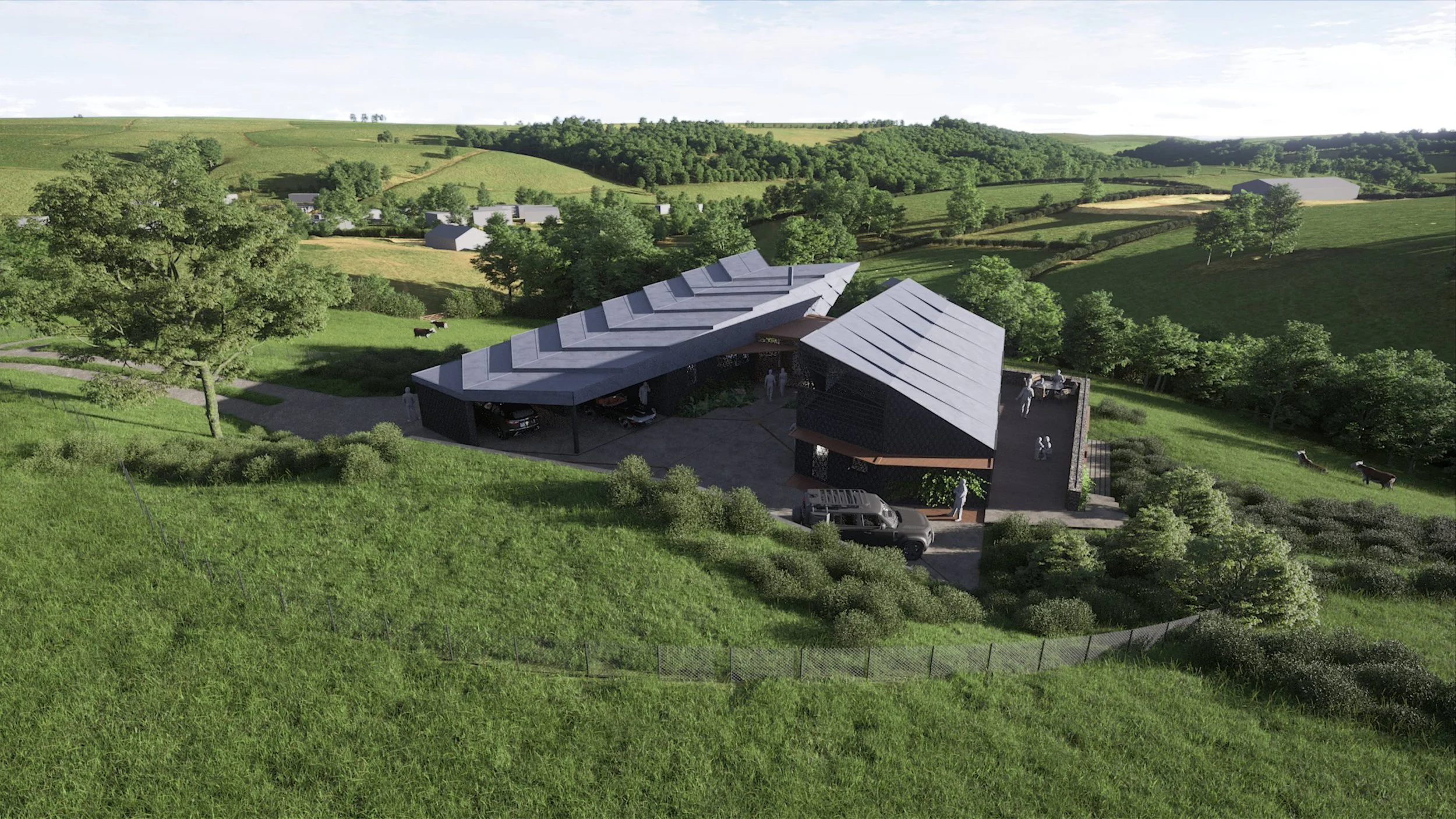A Fractal-Based Model for Sustainable Building Design
In the realm of architectural innovation and sustainable development, the NPPF Paragraph 84E Scheme emerges as an innovative approach, leveraging the recursive beauty of fractals. This scheme is a groundbreaking framework designed to optimize building design while maintaining structural integrity. By utilizing fractal-based algorithms, the scheme enhances architectural principles, promoting efficiency and sustainability. Additionally, the scheme provides a home that adheres to the Lifetime Homes Standard, ensuring accessibility and adaptability for residents at all stages of life. Furthermore, the design reflects the traditional aesthetic of local farm buildings, blending modern efficiency with historical architectural charm.
Use Of Local Materials
The scheme also prioritizes the use of local materials found on or near the site, ensuring that constructions integrate seamlessly into the natural landscape of the Devon hillside while minimizing environmental impact. Additionally, the scheme incorporates a biochar sustainable energy system, reducing carbon emissions and enhancing energy efficiency.
Understanding the Fractal Basis
Fractals are self-similar mathematical structures that exhibit repeating patterns at various scales. They are commonly found in nature, in trees, and other life forms, inspiring the development of this scheme. The NPPF Paragraph 84E Scheme applies these principles to architectural design, ensuring that similar patterns within structures are efficiently utilized to optimize space and material use.
Fractal geometry serves as inspiration for building design, leading to efficient, sustainable, and aesthetically pleasing construction that harmonize with the surrounding landscape and historical architecture.
Mechanism of the 84E Scheme
The core mechanism of the 84E Scheme relies on breaking down architectural designs into self-referential units that mimic fractal patterns. Here’s how it works:
-
The scheme analyzes building structures for repeating shapes, structures, or commonly used architectural elements.
-
Instead of designing each structural component separately, the system incorporates self-repeating fractal patterns, optimizing material use and structural efficiency while ensuring the final design reflects the vernacular architecture of local farm buildings.
-
Buildings are constructed using locally sourced materials from the Devon hillside, reducing transportation emissions and ensuring environmental harmony.
-
The scheme integrates a biochar energy system that captures and stores carbon while providing a renewable energy source for heating and electricity.
-
When constructing buildings, the encoded structure enables efficient scaling and expansion, utilizing fractal design techniques to maintain harmony and function.
-
The architectural framework continuously evolves as new design strategies and sustainable innovations emerge, ensuring adaptability to urban development requirements.
Applications and Benefits
The NPPF Paragraph 84E Scheme has numerous practical applications, particularly in fields that require sustainable and efficient architectural innovation, such as:
Sustainable Architecture – Utilizing fractal patterns in building design to enhance structural efficiency and environmental sustainability.
Material Efficiency – Reducing construction waste by applying fractal principles to optimize resource utilization.
Energy Optimization – Designing buildings that naturally regulate temperature and airflow using fractal-based structural designs.
Lifetime Homes Standard Compliance – Ensuring that homes are accessible, adaptable, and suitable for residents of all ages and mobility needs.
Heritage-Inspired Design – Integrating elements of traditional local farm buildings to maintain architectural continuity with the surrounding environment.
Local Material Use – Sourcing stone, timber, and other natural materials from the Devon hillside to enhance sustainability and reduce environmental footprint.
Carbon Reduction – The biochar energy system helps offset carbon emissions, making the scheme a leader in environmental responsibility.
Challenges and Future Prospects
Despite its advantages, the implementation of the 84E Scheme presents challenges, including the complexity of fractal transformations in architectural applications and ensuring compatibility with existing building regulations.
The fusion of fractal mathematics with architectural design showcases an innovative step toward smarter, more efficient, and sustainable building solutions. By reflecting the design of traditional farm buildings, utilizing locally sourced materials from the Devon hillside, and integrating a biochar sustainable energy system, it respects historical aesthetics while incorporating cutting-edge sustainability principles.
As research progresses, this model could revolutionize urban development, making it a cornerstone of next-generation architectural systems.


